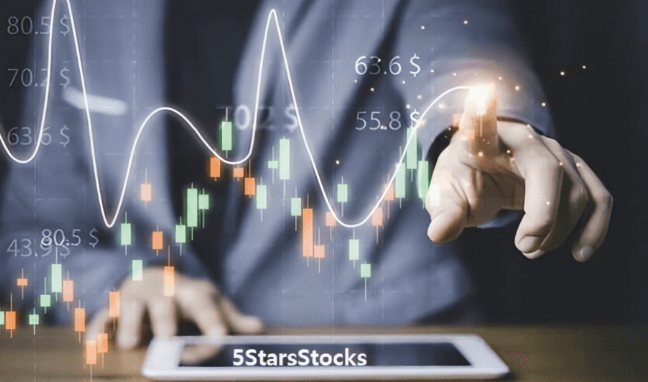5starsstocks.Com Materials: Investing in Raw Materials

5starsstocks.com serves as a valuable resource for investors exploring the realm of raw materials. It categorizes various types of materials, such as ferrous and non-ferrous metals, while outlining the potential advantages of investing in tangible assets. However, the platform also addresses the inherent risks associated with such investments. Understanding these dynamics is crucial for those considering how to effectively integrate raw materials into their portfolios. What strategies might prove effective in navigating these complexities?
Understanding Raw Materials: Types and Categories
Raw materials serve as the foundational building blocks for various industries, encompassing a diverse array of types and categories.
Among these, ferrous metals, which contain iron, are crucial for construction and manufacturing, while non-ferrous metals, such as aluminum and copper, offer advantages in corrosion resistance and conductivity.
Understanding these distinctions aids in identifying their applications and significance within the broader economic landscape.
The Benefits of Investing in Raw Materials
Investing in raw materials presents a compelling opportunity for investors seeking to diversify their portfolios and hedge against market volatility.
These investments often provide cost advantages through tangible asset ownership, which can appreciate over time.
Additionally, raw materials serve as an effective inflation hedge, as their value tends to rise when currency purchasing power declines, making them a strategic choice for financial stability.
Risks Associated With Raw Materials Investment
While investing in raw materials offers potential benefits, it is important to consider the inherent risks associated with such investments.
Market volatility can lead to unpredictable price fluctuations, impacting investor returns.
Additionally, geopolitical factors, such as trade tensions and regulatory changes, can significantly influence supply and demand dynamics, further complicating the investment landscape.
Awareness of these risks is crucial for informed decision-making.
See also Kaitlyn Katsaros Age: How Old Is Kaitlyn Katsaros
How to Get Started With Raw Materials Investment
Before embarking on a journey into the world of raw materials investment, it is essential for prospective investors to conduct thorough research and understand the various avenues available.
Utilizing investment platforms tailored for raw materials can streamline the process.
Additionally, comprehensive market research will provide insights into trends and risks, enabling investors to make informed decisions and capitalize on potential opportunities in this dynamic sector.
Strategies for Diversifying Your Portfolio With Raw Materials
Diversifying a portfolio with raw materials can enhance risk management and improve overall returns, especially in fluctuating markets.
Investors should consider alternative investments such as commodity funds, which provide exposure to various raw materials like metals, energy, and agricultural products.
This approach can mitigate volatility and capitalize on market trends, ultimately fostering a balanced portfolio that aligns with individual financial goals and risk tolerance.
Conclusion
In conclusion, investing in raw materials can be likened to cultivating a diverse garden; each type of material represents a unique plant contributing to a robust ecosystem. Just as a gardener must consider soil, sunlight, and water to thrive, investors must navigate market volatility and geopolitical risks to achieve portfolio balance. By understanding the distinct benefits and risks associated with raw materials, individuals can strategically plant the seeds for long-term financial growth and resilience against economic fluctuations.






